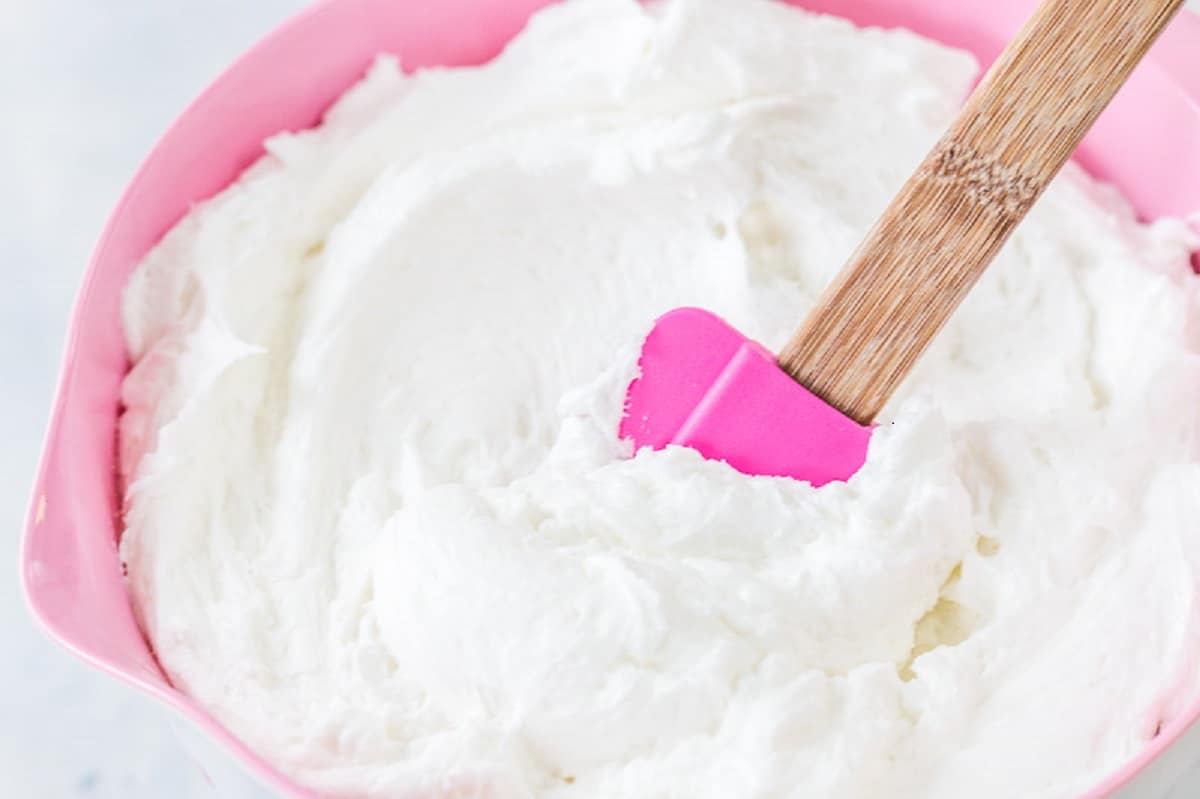

Articles
How To Store Frosting Overnight
Modified: December 7, 2023
Learn the best way to store frosting overnight with our helpful articles. Keep your frosting fresh and ready to use for your next baking project.
(Many of the links in this article redirect to a specific reviewed product. Your purchase of these products through affiliate links helps to generate commission for Storables.com, at no extra cost. Learn more)
Introduction
Welcome to this comprehensive guide on how to properly store frosting overnight. If you have ever found yourself with leftover frosting from your baking adventures and wondered how to keep it fresh for the next day, you’re in the right place. The way you store frosting can make a big difference in its texture and taste the next day.
Properly storing frosting is essential to maintain its smoothness, creamy consistency, and overall flavor. Whether you are using buttercream, cream cheese frosting, or any other type of frosting, these storage tips will help you preserve its quality overnight.
In this article, we will explore different options for storing frosting overnight, including refrigeration and freezing methods. We will also provide step-by-step instructions and helpful tips to ensure the best possible results. So, let’s dive in and learn how to store frosting like a pro!
Key Takeaways:
- Properly storing frosting overnight is crucial for maintaining its texture, taste, and shelf life. Refrigerating or freezing frosting allows for convenient future use, ensuring fresh and delicious results for your baked goods.
- Following simple steps and techniques for refrigerating or freezing frosting can preserve its smoothness and creaminess. Using high-quality ingredients and proper storage practices will enhance the overall taste and texture of your frosting.
Read more: How To Store Frosted Cake Overnight
Importance of Properly Storing Frosting
Properly storing frosting is crucial for maintaining its texture, taste, and overall quality. When frosting is stored correctly, it stays fresh, preventing it from becoming dry, hard, or developing an unpleasant taste.
One of the main reasons why proper storage is important is to preserve the frosting’s smoothness and creaminess. Frosting that is left uncovered or exposed to air can quickly dry out, resulting in a crusty or stiff consistency. This not only makes the frosting less enjoyable to eat but also makes it difficult to spread or pipe onto baked goods.
In addition to maintaining its texture, storing frosting properly also helps to preserve its flavor. Frosting can absorb odors from the surrounding environment or other foods in the refrigerator, which can alter its taste. By storing it properly, you can ensure that the frosting retains its original flavor and doesn’t take on any unpleasant odors.
Proper storage also extends the shelf life of frosting. Especially if you have made a large batch of frosting for a special occasion, you may have leftovers that you want to use later. By storing it correctly, you can keep the frosting fresh for several days or even weeks, depending on the method chosen.
Furthermore, properly stored frosting is convenient. Having frosting on hand whenever you need it can save time and effort, especially if you are a frequent baker or regularly decorate cakes and cupcakes. Instead of making a new batch of frosting each time you need it, you can simply take out the stored frosting and use it right away.
Ultimately, the importance of properly storing frosting lies in preserving its texture, taste, and shelf life. By following the right storage methods, you can enjoy fresh, delicious frosting for extended periods and ensure that your baked goods are always beautifully adorned.
Step-by-Step Guide to Storing Frosting Overnight
When it comes to storing frosting overnight, there are a few simple steps you can follow to ensure its freshness and quality. Whether you choose to refrigerate or freeze your frosting, these steps will guide you through the process:
- Cool the frosting: Before storing your frosting, make sure it has completely cooled down. If you store warm frosting, it can create condensation, leading to unwanted moisture or sogginess. Allow the frosting to cool at room temperature before proceeding.
- Select an airtight container: Choose a clean, airtight container that is appropriate for the quantity of frosting you want to store. Glass or plastic containers with tight-fitting lids work well. Ensure that the container is completely dry to prevent any moisture from affecting the frosting’s consistency.
- Transfer the frosting into the container: Gently spoon or pipe the frosting into the container, ensuring that it fills the container without any air gaps. Smooth the top of the frosting with a spatula or spoon to create an even surface.
- Seal the container: Once the frosting is in the container, place the lid securely on top, ensuring it creates a tight seal. This will prevent any air from entering and affecting the frosting’s texture and taste.
- Label and date the container: To avoid confusion and ensure that you use the frosting within its recommended shelf life, label the container with the type of frosting and the date it was stored. This will help you keep track of how long the frosting has been stored.
- Store in the refrigerator or freezer: Depending on your preference and timeline, you can choose to store the frosting in either the refrigerator or the freezer. We will discuss both options in more detail in the following sections.
Following these steps will help you securely store your frosting overnight, ensuring its freshness and preventing any unwanted changes in texture or taste. Now, let’s explore the specific methods for refrigerating and freezing frosting.
Option 1: Refrigerating Frosting
Refrigerating frosting is a popular method for storing it overnight, especially if you plan to use it within a couple of days. Here’s how to refrigerate your frosting:
- Prepare the frosting: Ensure that your frosting is fully prepared and has reached the desired consistency before refrigerating it. If your frosting is too soft or runny, it may not hold its shape well after refrigeration.
- Transfer the frosting to an airtight container: Spoon or pipe the frosting into a clean, airtight container. Make sure to fill the container to the top, leaving little to no air space.
- Seal the container: Place the lid securely on the container, ensuring a tight seal. This will prevent any air from entering and affecting the consistency and flavor of the frosting.
- Refrigerate: Store the container of frosting in the refrigerator. Make sure to place it in a spot where it won’t get knocked over or crushed by other items. The ideal temperature for refrigerating frosting is between 34-40°F (1-4°C).
- Check the frosting before using: Before using the refrigerated frosting, remove it from the refrigerator and let it come to room temperature. This will allow the frosting to soften slightly and make it easier to work with.
- Use within the recommended time frame: Refrigerated frosting can typically remain fresh for 2-3 days. However, always check for any signs of spoilage, such as an off smell or visible mold, before using. If the frosting looks or smells off, it’s best to discard it.
Refrigerating your frosting is an excellent option when you need to store it overnight or for a few days. The cool temperature of the refrigerator helps preserve its texture and prevent spoilage. Just remember to let the frosting come to room temperature before using it to ensure it spreads smoothly and maintains its creamy consistency.
Store frosting in an airtight container in the refrigerator overnight. Before using, let it come to room temperature and then give it a quick stir to restore its creamy texture.
Option 2: Freezing Frosting
Freezing frosting is a great option if you want to store it for an extended period or if you have a large batch that you won’t be able to use within a few days. Follow these steps to freeze your frosting:
- Cool the frosting: Allow your frosting to cool completely before freezing. This will prevent condensation from forming and affecting the texture of the frosting.
- Transfer the frosting to a freezer-safe container: Spoon or pipe the frosting into a freezer-safe container. It is recommended to use a rigid, airtight container to protect the frosting from freezer burn and to maintain its quality during freezing.
- Smooth the surface: Use a spatula or the back of a spoon to smooth the surface of the frosting, ensuring it is spread evenly in the container. This will help prevent any air pockets from forming and reduce the risk of freezer burn.
- Seal and label the container: Place a lid on the container and ensure it is tightly sealed. Then, label the container with the type of frosting and the date it was frozen. This will help you keep track of its freshness and avoid confusion later on.
- Freeze the frosting: Place the container of frosting in the freezer. It is recommended to keep it in a spot where it won’t be disturbed or crushed. The ideal freezer temperature for storing frosting is 0°F (-18°C).
- Thaw and use when needed: When you’re ready to use the frozen frosting, transfer it to the refrigerator and let it thaw overnight. Once thawed, bring it to room temperature, and give it a good stir or whip to restore its smooth consistency. If necessary, you can add a little powdered sugar or a small amount of liquid (such as milk or cream) to adjust the texture.
- Use within the recommended time frame: Frozen frosting can maintain its quality for up to three months. However, it’s best to use it within the first month for the best taste and texture. Always check for any signs of spoilage before using, and if the frosting appears or smells off, it’s best to discard it.
Freezing frosting is a convenient way to store a large quantity or to keep it for future use. By following these steps, you can enjoy delicious frosting whenever you need it, without the stress of making a new batch from scratch.
Read more: How To Store Buttercream Frosting Overnight
Tips for Ensuring Best Results
To ensure the best results when storing frosting overnight, here are some helpful tips to keep in mind:
- Use high-quality ingredients: Starting with high-quality ingredients will contribute to the overall taste and texture of your frosting. Using fresh butter, high-quality chocolate, and pure extracts can make a noticeable difference in the final product.
- Properly store unused frosting: If you only need a portion of the frosting you made, store the remaining unused portion separately. This will help maintain the freshness and quality of the frosting you’re not using.
- Avoid over mixing: When making frosting, avoid over mixing the ingredients. While it’s important to achieve a smooth consistency, overmixing can cause the frosting to become too soft or lose its structure after storage.
- Keep utensils clean and dry: When transferring frosting to storage containers, ensure that all utensils, containers, and lids are clean and dry. Any moisture or residue can affect the frosting’s quality during storage.
- Store different frosting flavors separately: If you have multiple flavors of frosting to store, it’s best to store them in separate containers. This will prevent the flavors from mingling and ensure each frosting retains its original taste.
- Label containers clearly: Always label your containers with the type of frosting and the date it was stored. This will help you easily identify and keep track of each frosting batch, especially if you have different flavors or batches stored.
- Avoid unnecessary exposure to air: Whether refrigerating or freezing, make sure to remove as much air as possible from the container before sealing it. This will help prevent the frosting from drying out or developing freezer burn.
- Thaw gradually: If you froze your frosting, allow it to thaw gradually in the refrigerator rather than using heat or microwaving it. This slow thawing process helps to retain the texture and consistency of the frosting.
- Store in small portions: If you often have small quantities of frosting leftover, consider storing them in individual portions. This way, you can thaw only what you need, preventing waste and ensuring freshness each time.
- Trust your senses: While following these tips will enhance your chances of successful frosting storage, always trust your senses. If the frosting looks or smells off, it’s best to err on the side of caution and discard it.
By following these tips, you can ensure the best results when storing your frosting overnight. Remember that proper storage practices and attention to detail will help you enjoy fresh, delicious frosting whenever you need it.
Conclusion
Properly storing frosting overnight is essential to maintain its texture, taste, and overall quality. Whether you choose to refrigerate or freeze your frosting, following the right steps and techniques will ensure that it stays fresh and delicious for future use.
Refrigerating frosting is a great option when you only need to store it for a few days. The cool temperature helps to preserve its texture while allowing for easy spreading once brought to room temperature. On the other hand, freezing frosting allows you to store it for a longer period, making it a convenient choice for large batches or future use.
Remember to cool the frosting properly before storing, transfer it to airtight containers, and label them to keep track of their contents and storage dates. Thaw refrigerated or frozen frosting gradually and give it a good stir or whip to restore its smooth texture before using.
In addition to following the proper storage methods, using high-quality ingredients, keeping utensils clean and dry, and storing different flavors separately can further enhance the results. Trust your senses and discard any frosting that appears or smells off, to ensure the best quality and taste.
By properly storing frosting overnight, you can enjoy the convenience of having frosting ready for your next baking project, saving time and effort while ensuring that your creations are beautifully adorned.
So, the next time you find yourself with leftover frosting, don’t let it go to waste. Follow these guidelines, and you’ll be able to preserve the freshness and deliciousness of your frosting, creating sweet treats that will surely impress.
Frequently Asked Questions about How To Store Frosting Overnight
Was this page helpful?
At Storables.com, we guarantee accurate and reliable information. Our content, validated by Expert Board Contributors, is crafted following stringent Editorial Policies. We're committed to providing you with well-researched, expert-backed insights for all your informational needs.
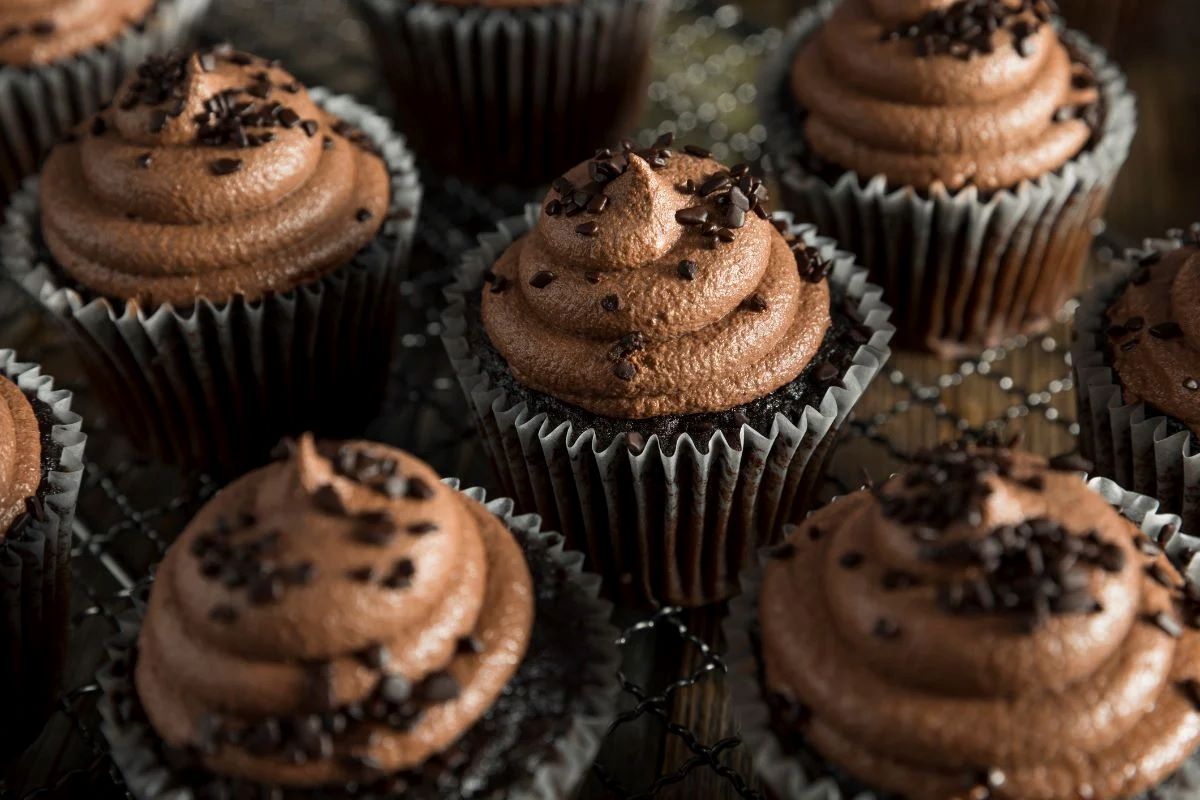
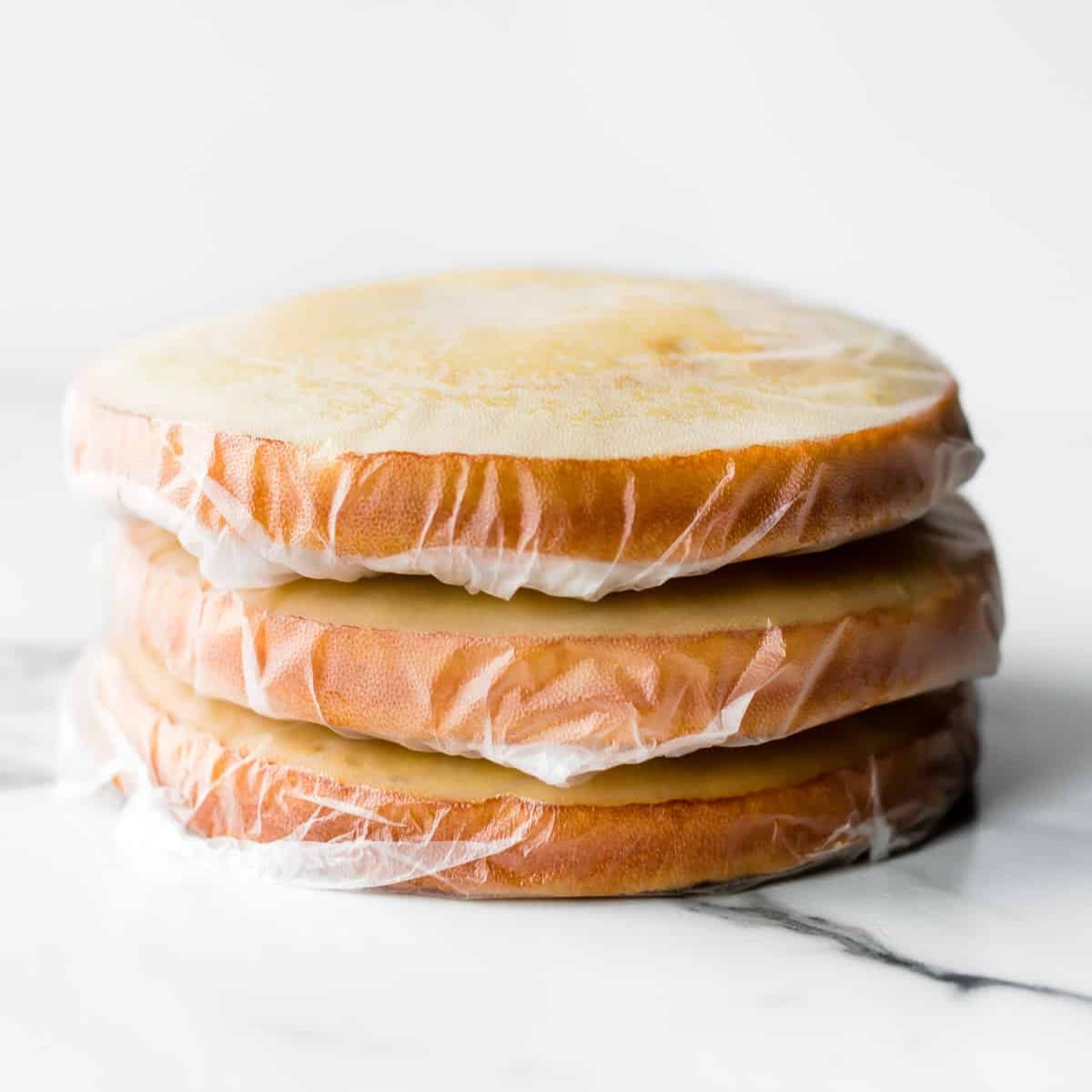
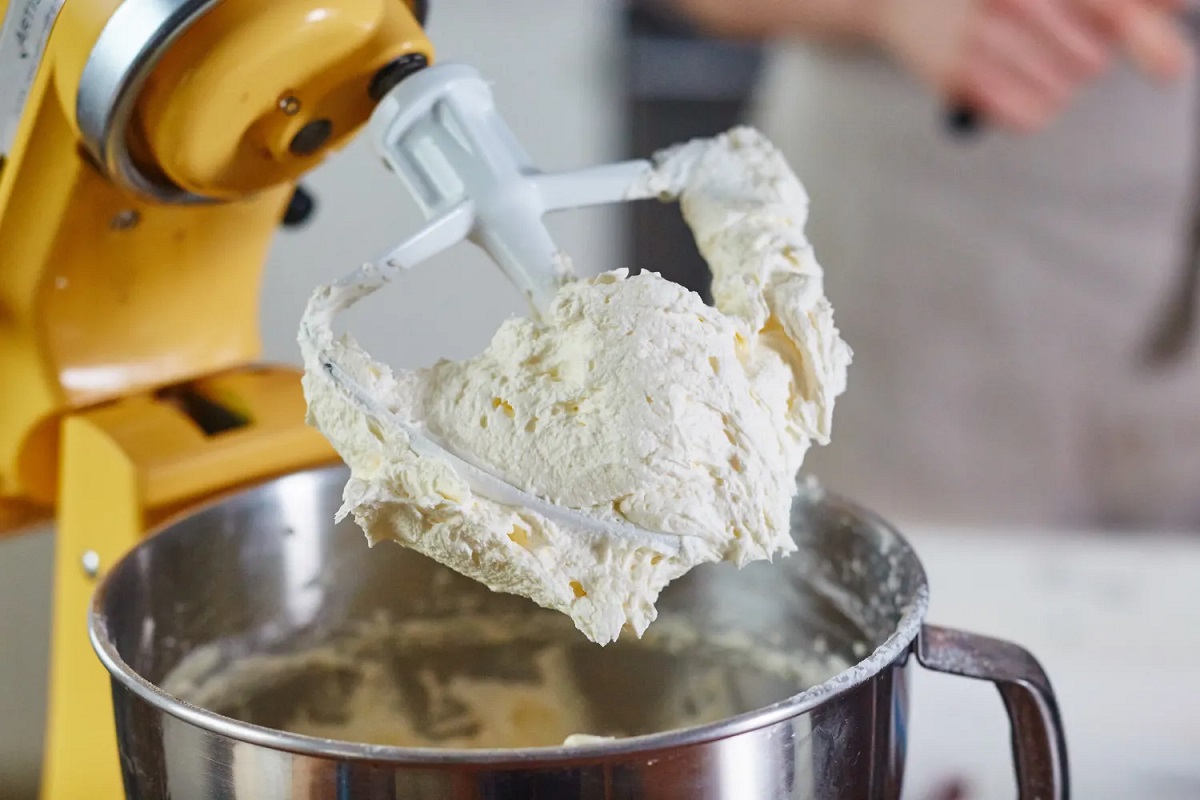
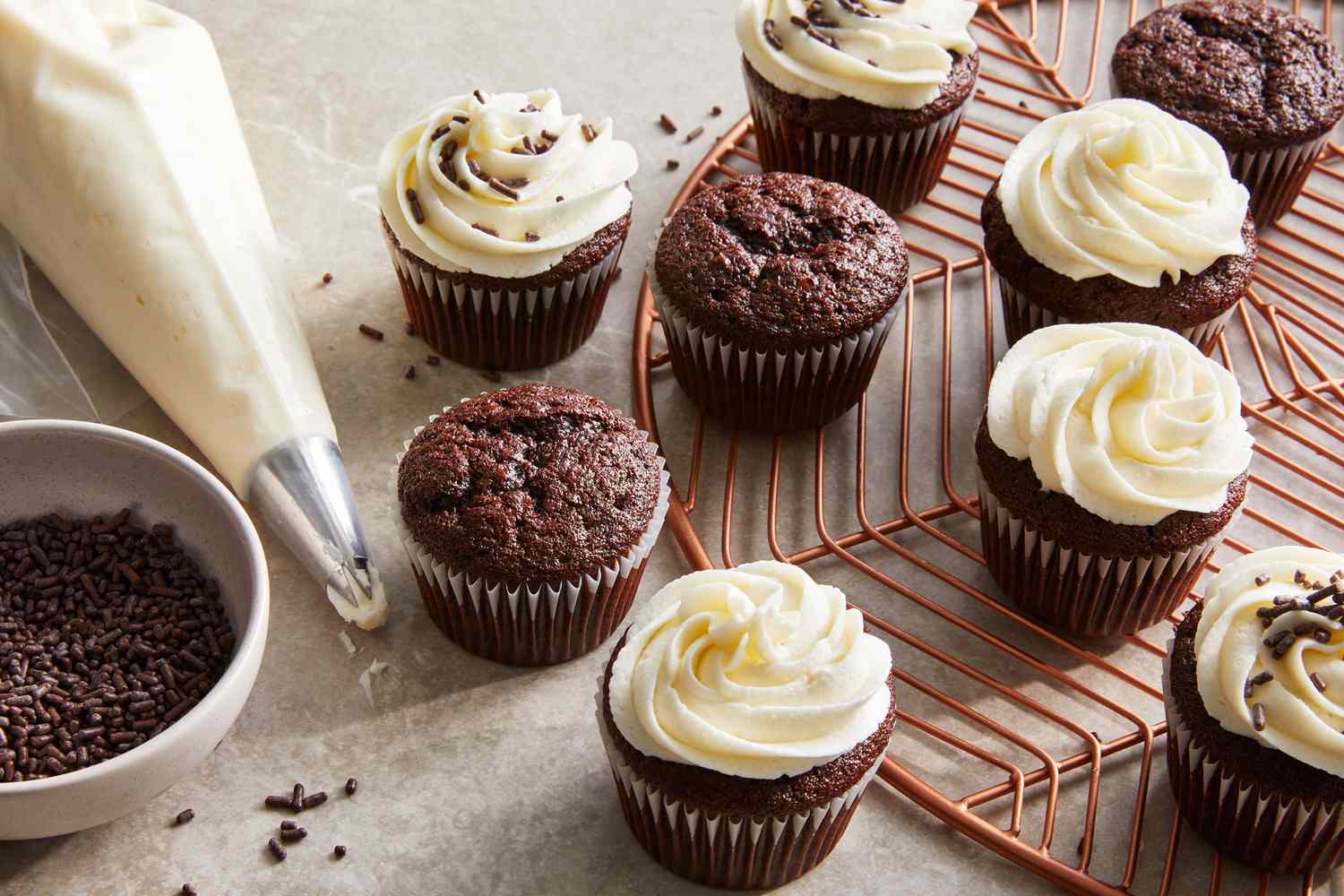


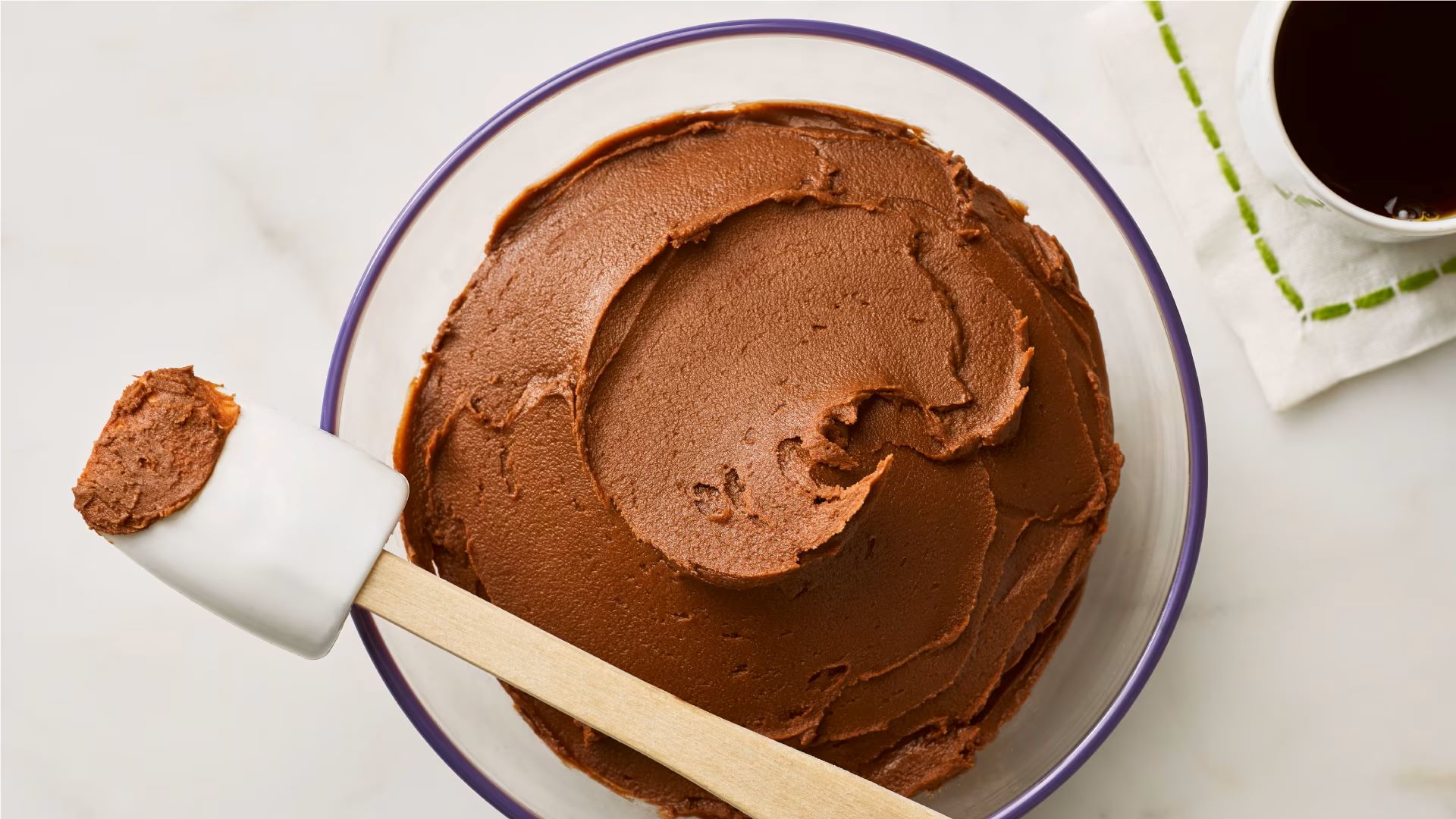
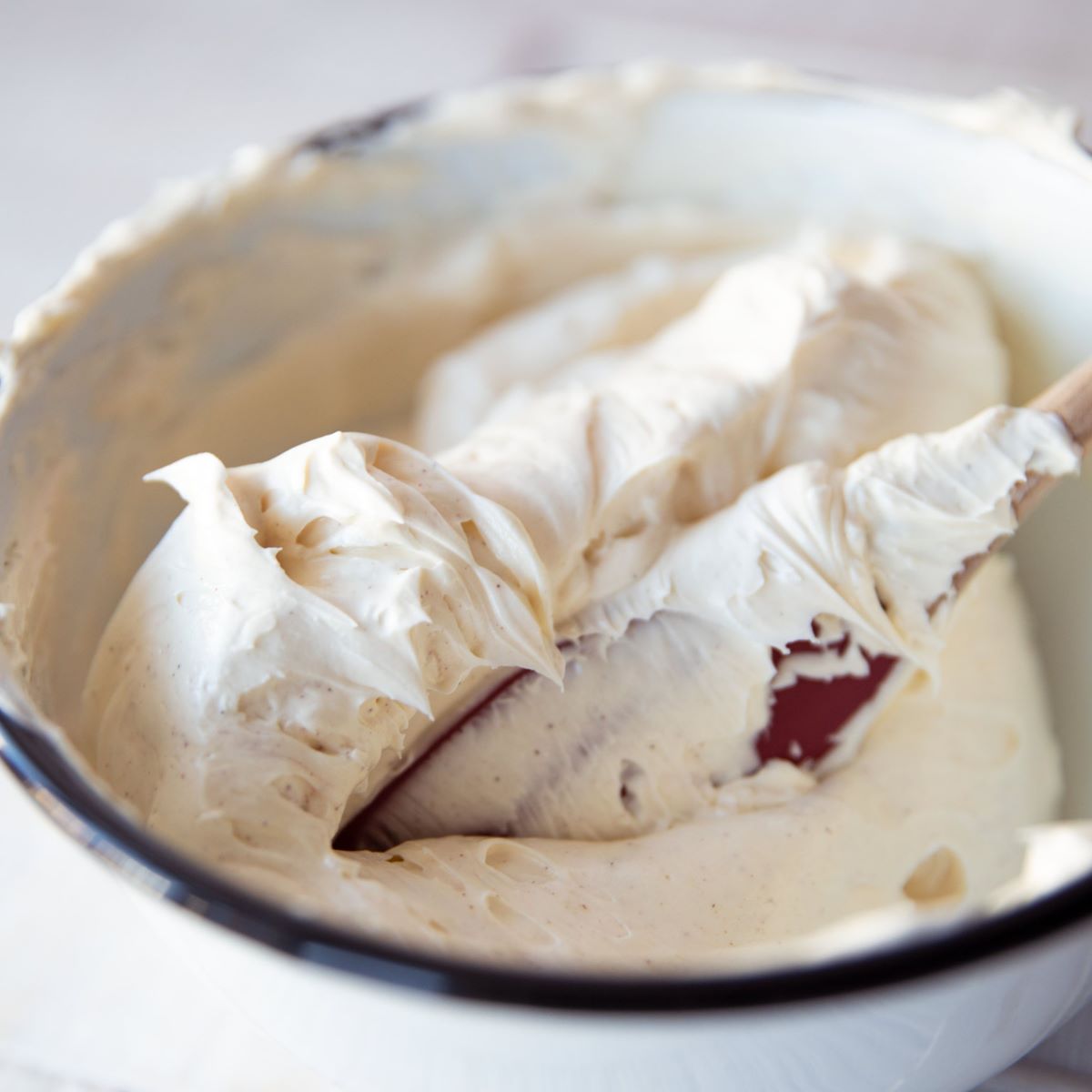
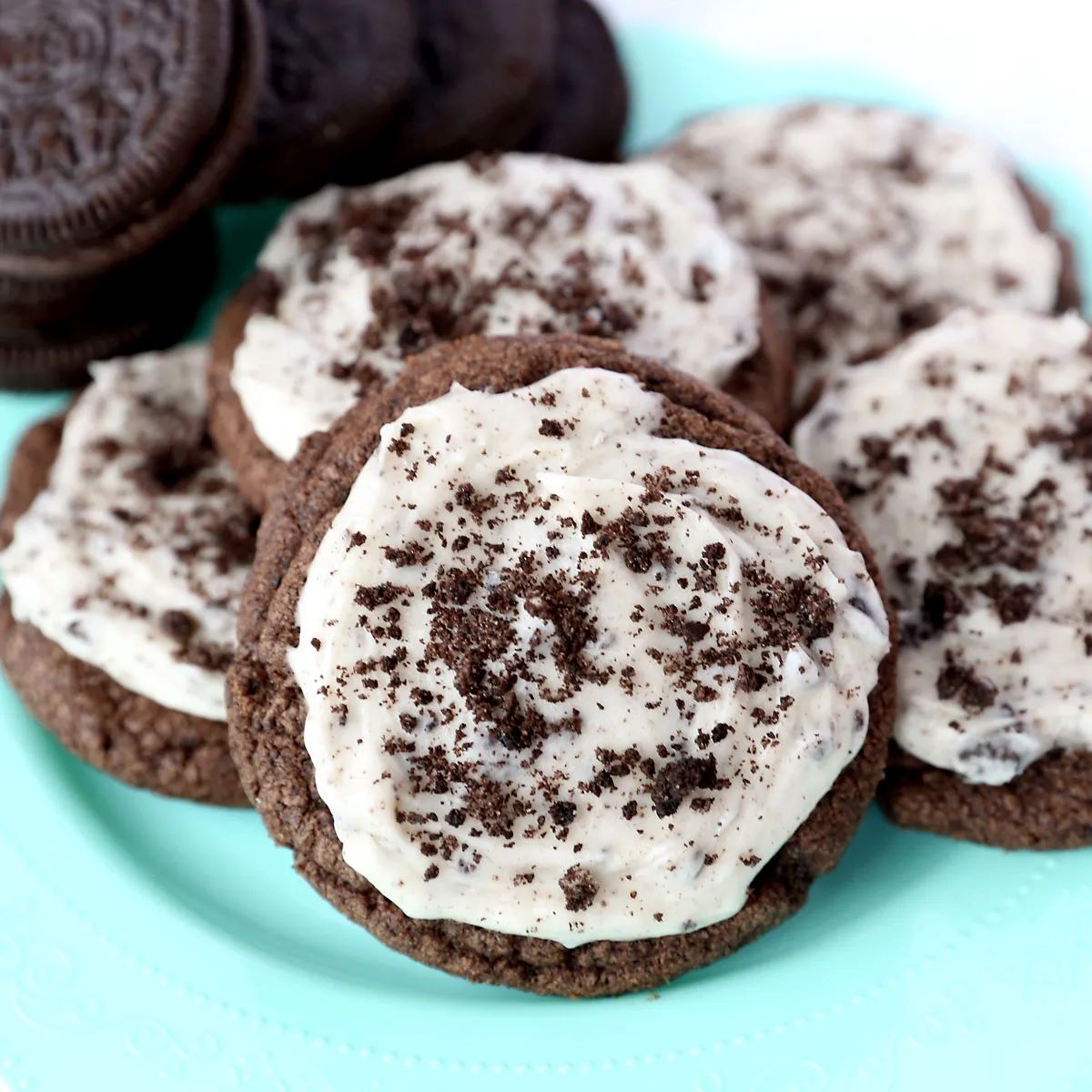

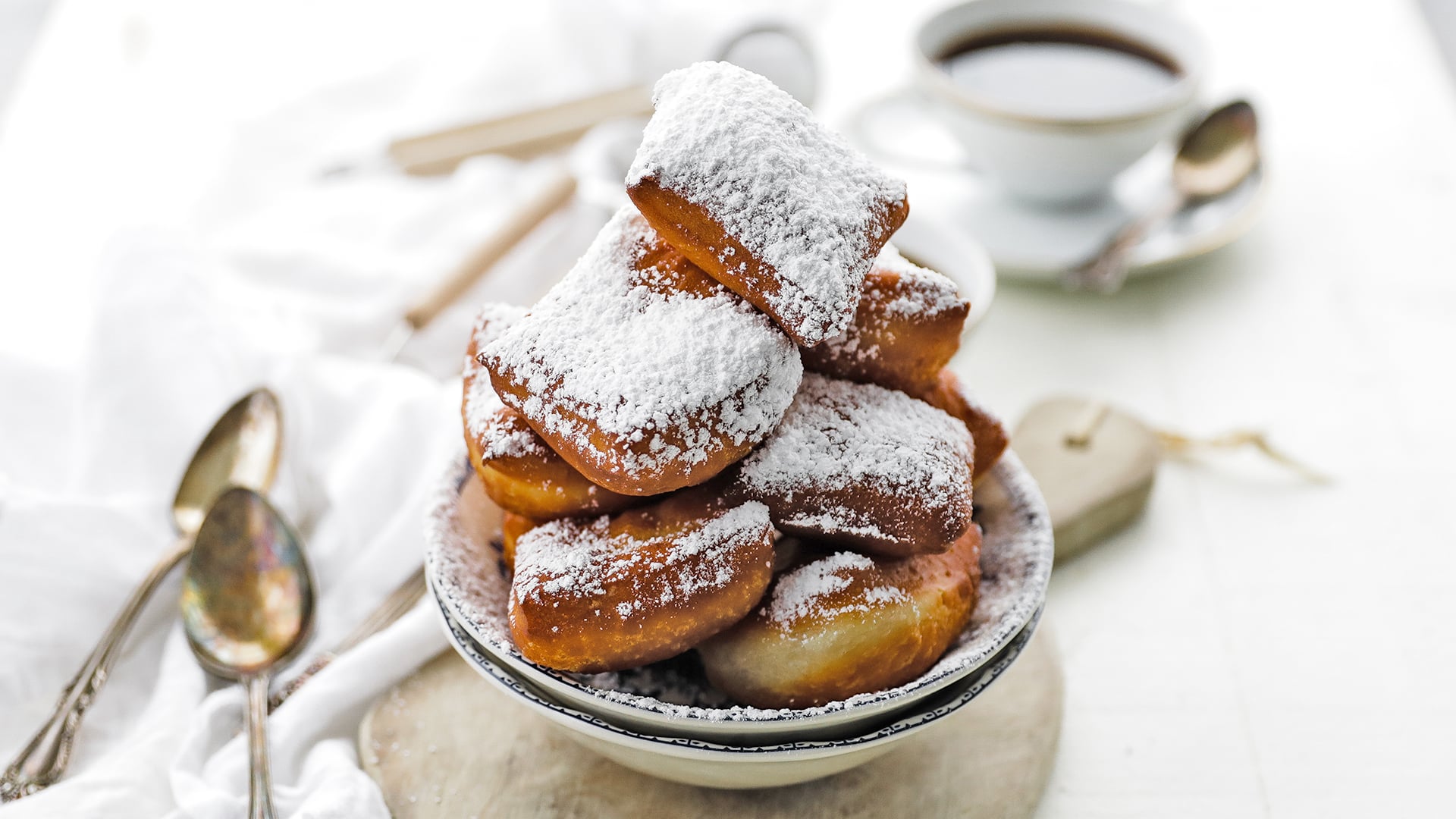
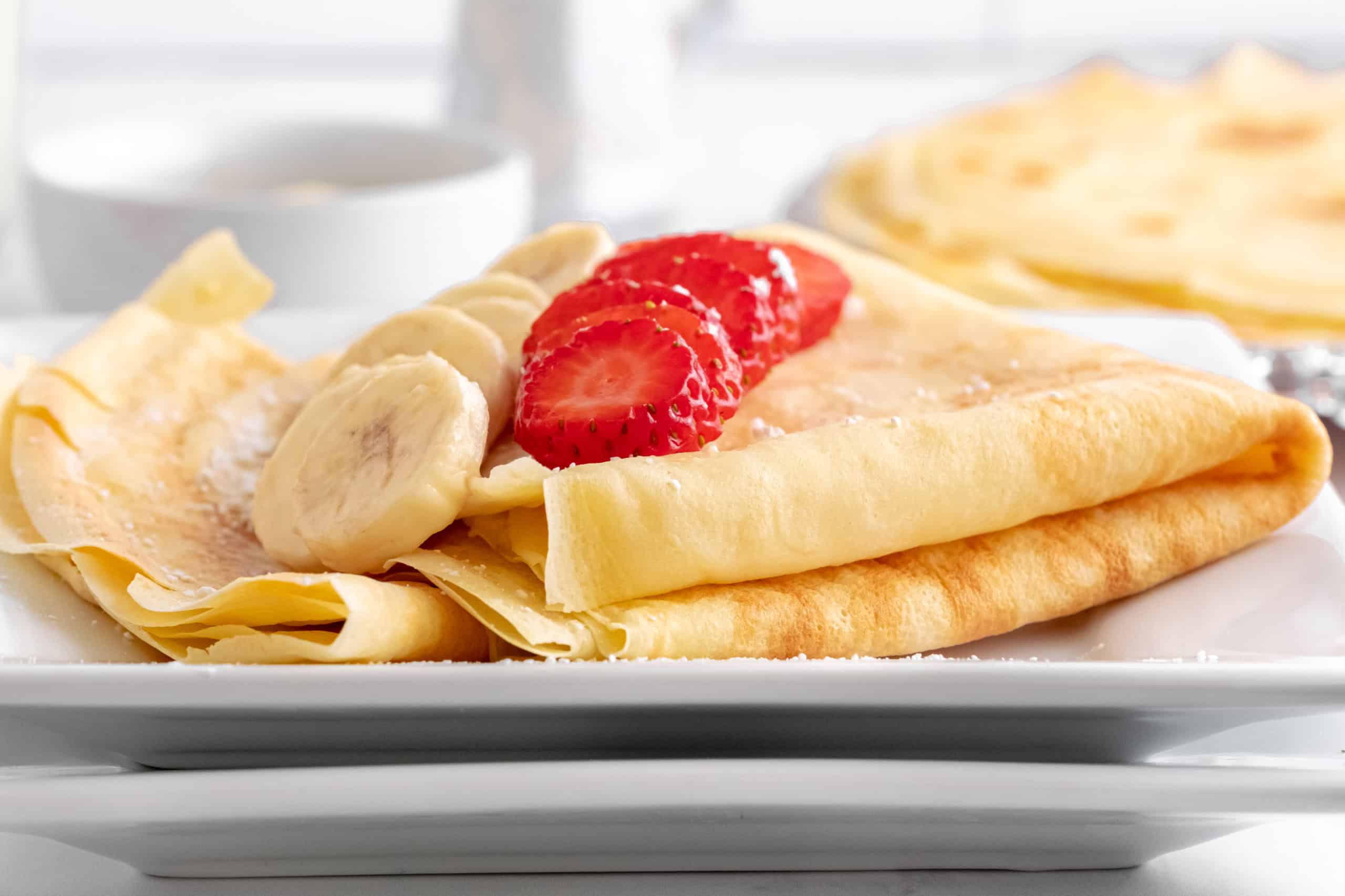

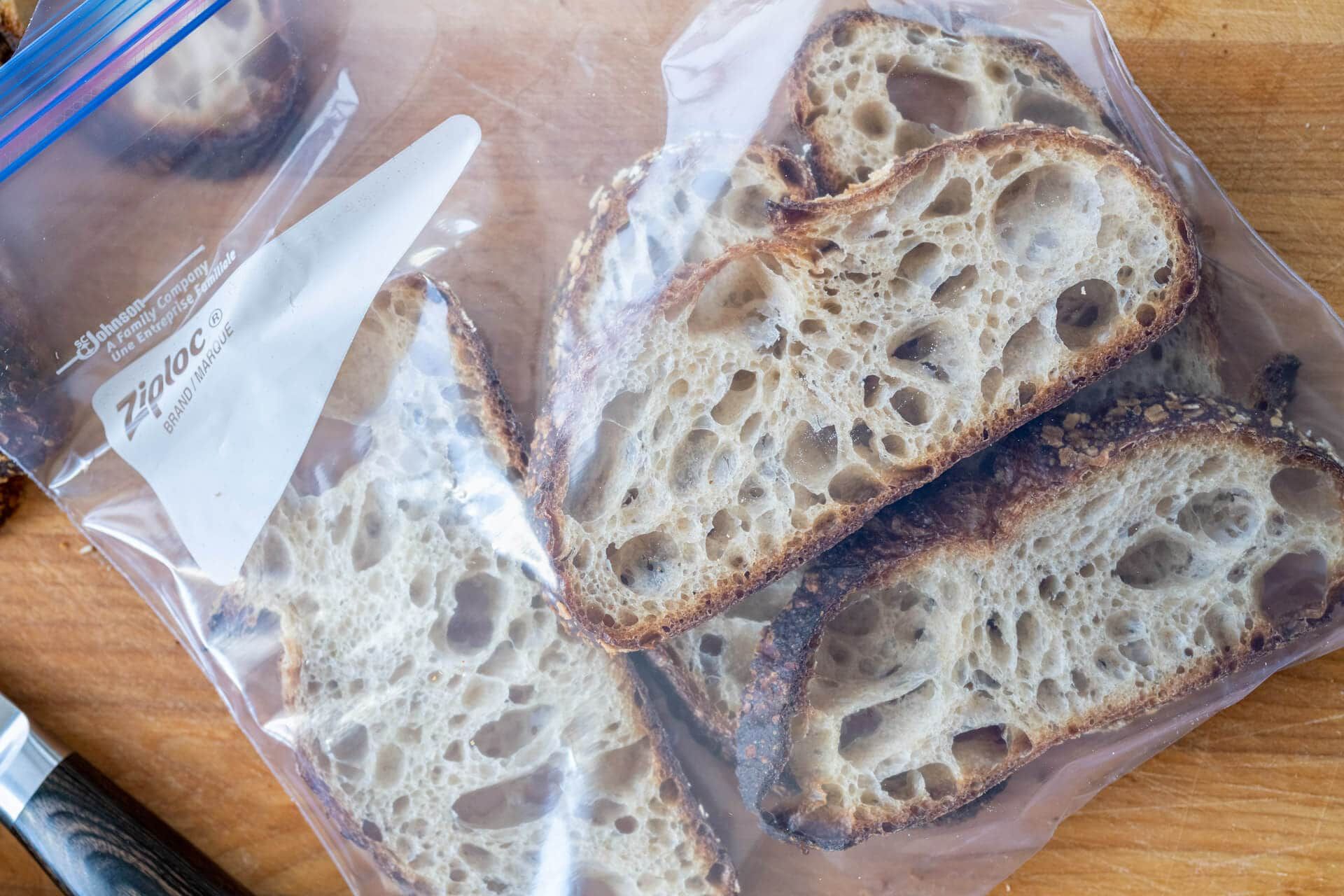

0 thoughts on “How To Store Frosting Overnight”